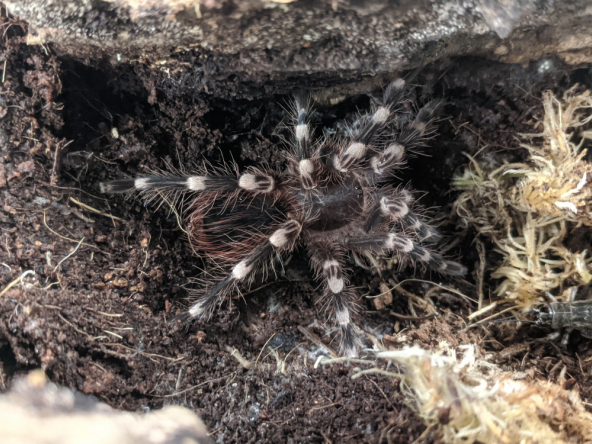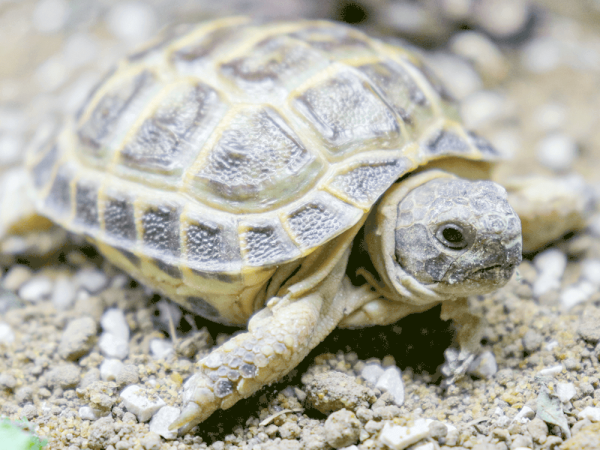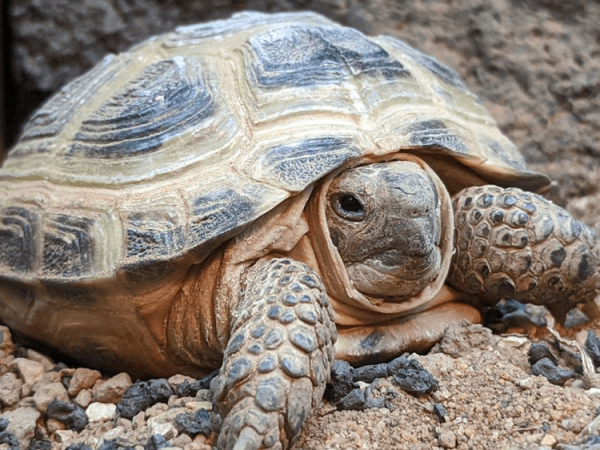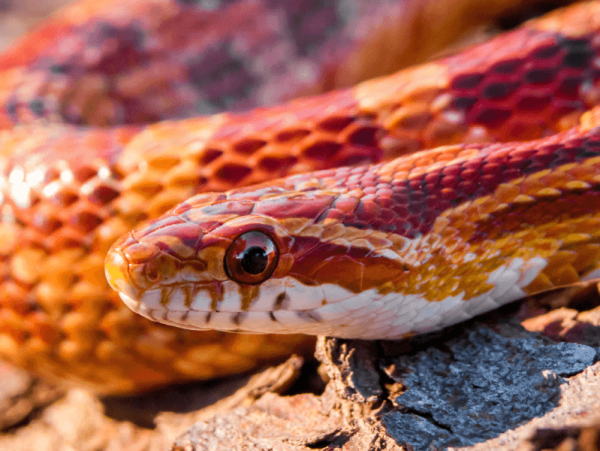Snake breeding guide
If you love snakes and are thinking about bringing the next generation of your favourite slithery reptiles into this world then that can be great, but there's still plenty to think about before you get going:
Room & Board
Expanding your snake's family can be rewarding, but before you go ahead and introduce your snakes to each other for breeding, you need to do a little maths and ask yourself a few important questions:
Do you have enough room for your new little ones? Take a look at what snakes you are breeding, and work out how many babies you are likely to yield from a successful clutch of eggs, then work out how many new vivariums or RUBs you might need and where they can go in your home. How much is it going to cost you to home your new critters? You don't want to be stuck with a bunch of babies you don't have the space for or can't afford to keep. A little 'family planning' at this point goes a long way to a successful breeding programme.
Planning ahead
Once your snake has laid eggs, you're going to need to incubate them to have a really successful breeding session. Incubators are easy to come by and basically work as reverse fridges! They keep the eggs at the right temperature for the babies to develop and retain humidity too. Make sure you have got an incubator that's big enough to handle the clutch you are expecting. Once again, research into the breed of snake is vital.
Breeding Your Snakes
This can be the tricky bit, and you must always take the welfare of your existing snakes into consideration. For snakes, it isn't always as simple as playing some slow Soul Music with a sexy bass-singer and lighting a few candles…
The step-by-step guide below is very general, and you need to do further research into the mating habits and behaviours of the particular snakes you are looking at breeding before you attempt it, but here's a basic overview of the common process:
- Ensure they are at the optimum breeding weight for their particular species. They need to have plenty of strong muscle and stored energy. Once again, research at this point is crucial.
- For many species of snake, their sex drive is activated by seasonal change. You can replicate this by dropping the temperature in your viv by just a few degrees for 2-3 months, then gradually turning it back to normal again. Be careful not to drop it too low as to harm the snake, just a few degrees should help. This makes your snake think that the time is right for love…
- Once this has occurred and a shed cycle has been completed, you can think about introducing the snakes. It doesn't seem to matter whether you introduce them in the male or the female's viv, but WATCH FOR AGGRESSION. The last thing that you want between two snakes is a lover's tiff that ends up hurting one or both of your prospective parents.
- If it gets a little too hot in there and aggression is not curbed, its' best to abandon the breeding, at least for the moment. It could be that your snakes just aren't ready…
- If your snakes haven't already been overcome by love and 'locked' into each other, try misting the viv to simulate rain… How romantic…
- If they have locked, great! Leave them to it for a while (nobody likes a peeping-tom) and then separate them as normal. Try this a few times to make sure the male has really done all he can.
- If you notice that the female is losing interest in the male, great! Chances are this means that she is developing eggs.
- Eggs are often delicate depending on the breed. Read up on the best hideaway for your particular breed of snake to lay their eggs in and go from there. Usually they will need to be filled with substrate, but double check as this is species specific.
- Once the female has done her bit it is time to remove the eggs and place them in an incubator. Make sure they are 'Sunny side up' and maintain a good environment taking into account heat and humidity levels that are specific to the breed.
- Finally, the mother's job is done, so return her to a sanitized vivarium so she can begin feeding again.
- Read up on egg care and how long it is going to take for them to hatch, and good luck!
Breeding can be difficult, and unless you have the right help then we recommend you wait until you have plenty of snake experience. If you really want to expand your snake family but don't have the know-how or the time, perhaps consider adopting a snake instead from a forum or from a rescue shelter. Just take a look around in your local area!
But if you decide to go ahead then that's great and we wish you luck. Just remember, this guide is a short one and there's lots more information to consider that is specific to the breed of snake you are reproducing - research is key to breeding snakes responsibly!
You can learn more about snake care in our blog, try our Royal python care sheet to get started.









